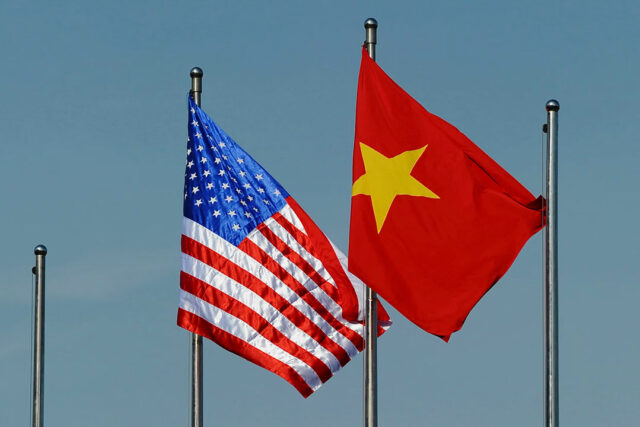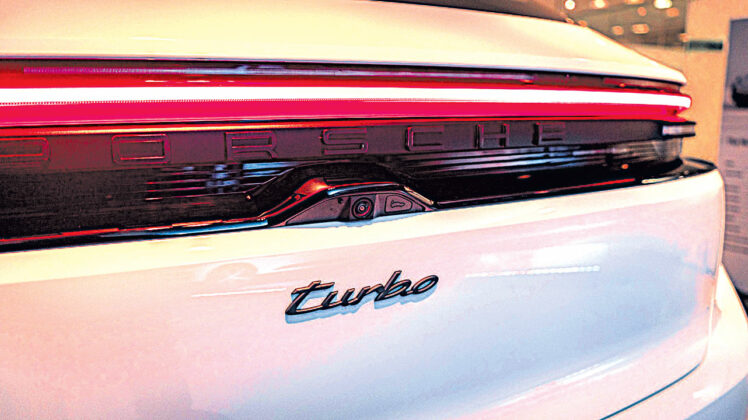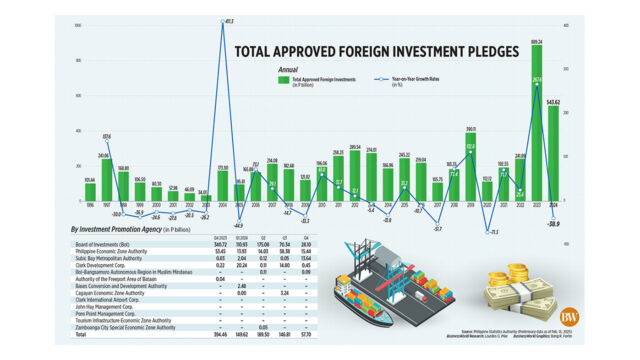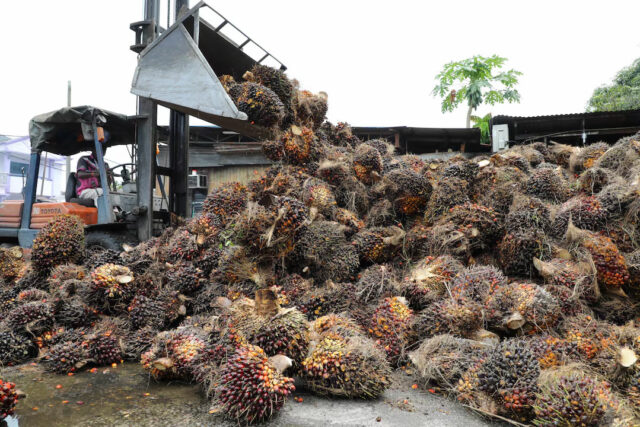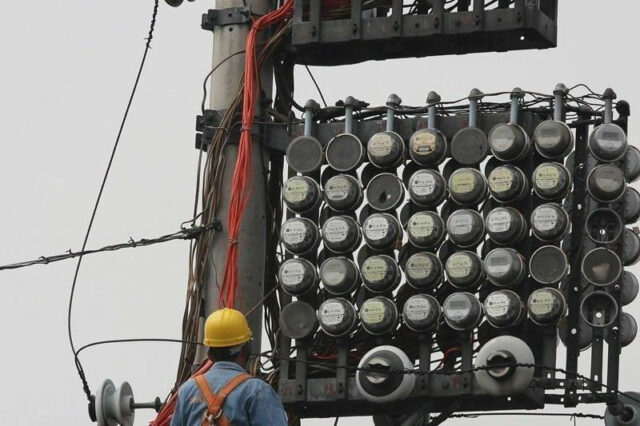The railroading of House Bill 11360
On Feb. 3, during one of the last days of regular session before the adjournment for the midterm election campaign period, the House railroaded House Bill 11360, or what advocates call the Sin Tax Sabotage Bill.
The railroading of the Sin Tax Sabotage Bill was obvious. In the face of strong opposition to the bill that will lower tax rates and will result in a decline in revenues, the House leadership, including the Ways and Means Chair Joey Salceda, said that further hearings on the bill were canceled. Then House Speaker Martin Romualdez reneged on his commitment to cancel further hearings.
So, without even informing stakeholders in advance and without stakeholders getting any formal invitation, the House Committee on Ways and Means suddenly called for a briefing session on HB 11360 on Jan. 28.
A briefing session should not entail any voting on a measure. However, the briefing was suddenly and deliberately converted into a hearing mid-session, allowing the bill’s sponsors to force a vote and pass the Committee Report despite their inability to address the bill’s overwhelmingly negative revenue and health impacts.
The same Committee Report was calendared to be heard in the plenary the following day.
House Bill 11360 was passed on second reading at 2:09 a.m., Jan. 29, after amendments to include new provisions directly increasing the pork barrel of districts represented by the measure’s authors were inserted.
Despite the claims of its sponsors, namely Representatives Kristine Singson-Meehan, Rufus Rodriguez, and Mikaela Suansing, that HB 11360 would address illicit trade, the Sin Tax Sabotage Bill does not actually contain any among the globally recognized best practices to combat illicit tobacco trade. Instead, the bill deals two-fold damage to both fiscal and public health.
The lowering of tobacco taxes is bound to make cigarettes and other tobacco products more affordable. Making these products more accessible in this way will result in an increase in smoking incidence of over 900,000 new smokers. This places the public healthcare system in an even more precarious position, as it will be forced to bear the burden of the additional tobacco-related deaths and diseases amidst rapidly rising healthcare costs.
Furthermore, there is no substantial evidence that the bill will recoup revenues lost to illicit tobacco trade. Since the measure was filed, the Department of Finance (DoF) has made no effort to present any revenue estimates that would allow legislators to make informed policy decisions. In the agency’s failure to provide crucial data, the Secretary of Finance, Ralph Recto, has fallen short in his mandate to protect the government’s coffers.
The Finance Secretary must likewise be condemned for not objecting to a bill that will sabotage the sin tax law. HB 11360 is a bill that will further harm health and, at the same time, reduce revenues when the country is trying to address the fragile fiscal space. In truth, this is not surprising, since Secretary Recto has always promoted the commercial interests of the tobacco industry. His shameful support of a tobacco industry bill on taxes during the PNoy administration in 2012 prompted advocates to call him “Recto Morris” and led to his resignation as Chair of the Senate Ways and Means Committee.
The Sin Tax Sabotage Bill is nothing more than a shameless surrender to the tobacco industry’s will.
The bill’s sponsors, and all those who voted for the bill’s passage, are all complicit in sacrificing public health to boost the tobacco industry’s profits. Speaker Romualdez and his ruling clique in the House, and Finance Secretary Recto deserve the harshest condemnation for allowing the sabotage of the sin tax law to happen.
Their shameful act is but the most recent of other abominable acts they committed: the transfer of the funds of the Philippine Health Insurance Corp., better known as PhilHealth, to the National Government, giving PhilHealth a budget of zero in the 2025 General Appropriations Act, and allowing the diversion of the PhilHealth funds and sin tax revenues to finance pork barrel and political patronage.
Filomeno S. Sta. Ana III coordinates the Action for Economic Reforms while Therese Hipol is a researcher on its fiscal and health policy team.





